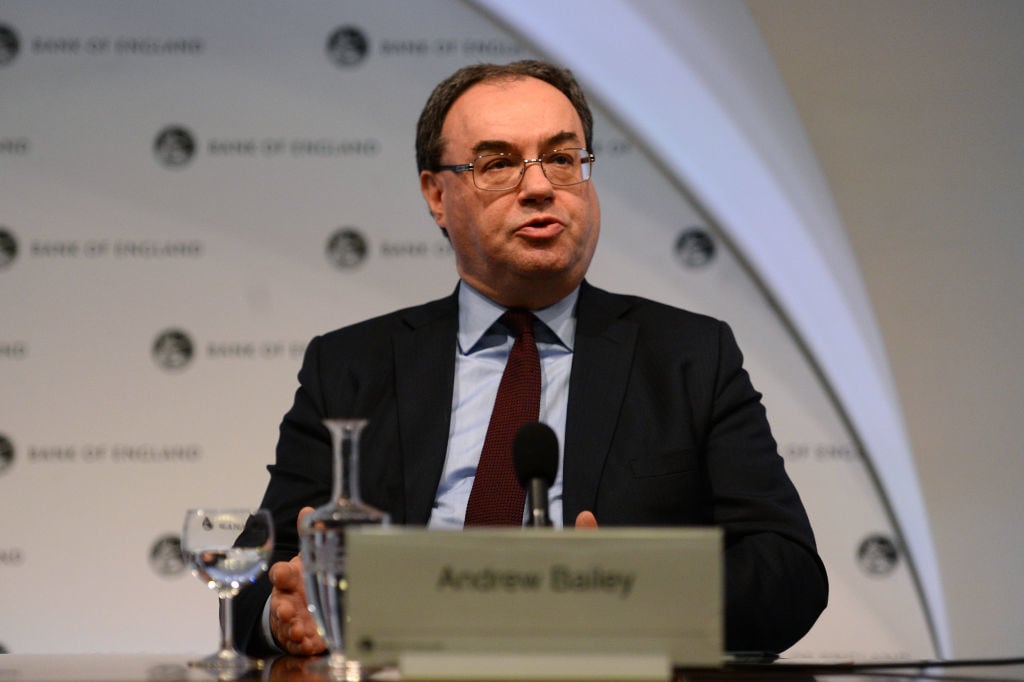European markets fell back for the fifth day in succession yesterday, weighed down by concerns over the global economy, after the IMF warned about the outlook, as well as warning that the “worst is yet to come”.
US markets also fell back initially, with the S&P 500 hitting its lowest level this year, before rebounding as yields retreated from their intraday highs in another choppy session, before eventually closing lower.
While there was good news a few weeks ago when UK Q2 GDP was revised upwards to 0.2%, thus delaying the prospect of a possible recession, today’s August GDP numbers are expected to point to a further weakening in the UK economy for Q3. On a rolling three-month basis, the UK economy is expected to show a contraction of -0.2%.
Having seen a 0.2% expansion in July, helped by the hot weather as well as the Commonwealth Games and Women’s Euros, August looks set to stagnate with the July boost in services set to give way to some weakness on the back of higher food and energy prices. Consumers are also likely to be more cautious against the backdrop of the looming uncertainty of how big a rise in gas prices for October they might have to absorb.
Industrial and manufacturing production are also expected to act as a drag on economic output with month-on-month declines of -0.1%, as the UK economy struggles with rising input cost inflation.
The pound had another choppy day yesterday, rising as high as 1.1180, before sliding sharply on comments from Bank of England governor Andrew Bailey in Washington, that the central bank would not be extending its £65bn gilts programme beyond this Friday, and that pension funds had another three days to shore up their portfolios against further shocks.
Having done so much to stabilise markets in the past few days, including the action to stabilise the linker market yesterday, this hard line could come back and bite the Bank of England hard if it serves to heighten volatility in the days ahead.
Bailey’s tone is particularly perplexing given some funds have suggested they need more time to stabilise their portfolios, and the Bank of England’s warning yesterday of a fire-sale risk in markets.
If you really believe, there’s a fire-sale risk why then turn around and put a 3-day time limit on pension funds to sort out their risk profile? Markets don’t work like that and further volatility in the coming days could well raise the prospect of another U-turn and deal another blow to the central bank’s credibility, as well as the credibility of Bailey himself.
Later this afternoon markets will get some clues as to whether US inflation really has peaked, at least as far as PPI is concerned. Final demand PPI does appear to be showing signs of a peak. In June we saw this measure come in at 11.3%, but since then we’ve fallen back quite sharply with an expectation, we could see a fall to 8.4% in September from 8.7% in August. The key test however appears to be in core prices which while lower are proving to be stickier.
This is likely to be the key arbiter now with CPI tomorrow. It’s not enough for the headline number to fall back, markets need to see core prices going the same way and they don’t appear to be doing that. US core PPI is expected to come in unchanged at 7.3%, although it also remains well below the peaks, we saw in March at 9.6%.
We will also get to parse the minutes from the recent Federal Reserve meeting which saw the US central bank hike rates by another 75bps pushing the Fed funds rate up to 3% to 3.25%. This helped to push the US dollar to a fresh 20-year peak, as well as sending the 2-year yield above 4% for the first time since 2007.
Since then both the US dollar, as well as US rates, have continued to push on to new multi-year highs, as markets increasingly price in the prospect of more hikes, on the back of a slew of hawkish comments from various Fed policymakers since that meeting concluded. This suggests that anything the minutes might tell us is unlikely to surprise given how long ago that meeting was.
Just to recap though the Fed did set out new projections for the benchmark rate, raising the average to 4.4% by the end of this year, up to 4.6% in 2023, before falling to 3.9% in 2024. Fed chair Jay Powell reiterated that the FOMC were “strongly committed” to driving inflation lower while signalling that more rate rises are on the way.
Powell’s comments that there was no painless way to drive inflation lower, saw markets start to price the prospect that we could see another 125bps by the end of this year starting with 75bps at the November meeting. Nothing that we’ve seen in the economic data since then has altered that narrative.
The US central bank seems completely relaxed about the effect its monetary policy is having on the rest of the world, even as it expects US GDP to slow to 0.2% in 2022, with Powell admitting that a recession might be possible. Core inflation is forecast to decline to 4.5% this year, before falling to 2.1% by 2025.
What today’s minutes might do is offer an insight into whether there is any unease among some Fed policymakers as to the side effects the Fed’s current policy stance is having more globally. It was something that Fed governor Lael Brainard briefly alluded to earlier this week, and would be interesting to see whether these concerns were more widespread.
There is already evidence that inflation is starting to fall back of its own accord, as lower demand prompts a tempering of prices, although core prices are proving to be slightly stickier. To date there has been little acknowledgement of the effect the surging US dollar might be having as well, particularly when it comes to the effects on US companies, and their profitability.
EUR/USD – rebounded from 0.9670 yesterday, but remain in the wider downtrend, keeping the bias for further losses towards 0.9000. A break above parity and the 50-day SMA is needed to signal a short squeeze, towards 1.0200.
GBP/USD – initially found support at the 1.1000 area yesterday, rallying to 1.1180 before sliding sharply, and raising the risk of a move towards 1.0800, which in turn could see a return towards the lows at 1.0335/40. The bias remains lower in the short term unless we can get above 1.1500.
EUR/GBP – pushed up through resistance at the 0.8820 area, opening the prospect of a move towards 0.8880. We are still in the uptrend from the August lows.
USD/JPY – still looking well supported and has finally moved through the previous peaks at 145.90. Bias remains higher towards 150.00, while above the lows last week at 143.50.
CMC Markets erbjuder sin tjänst som ”execution only”. Detta material (antingen uttryckt eller inte) är endast för allmän information och tar inte hänsyn till dina personliga omständigheter eller mål. Ingenting i detta material är (eller bör anses vara) finansiella, investeringar eller andra råd som beroende bör läggas på. Inget yttrande i materialet utgör en rekommendation från CMC Markets eller författaren om en viss investering, säkerhet, transaktion eller investeringsstrategi. Detta innehåll har inte skapats i enlighet med de regler som finns för oberoende investeringsrådgivning. Även om vi inte uttryckligen hindras från att handla innan vi har tillhandhållit detta innehåll försöker vi inte dra nytta av det innan det sprids.






